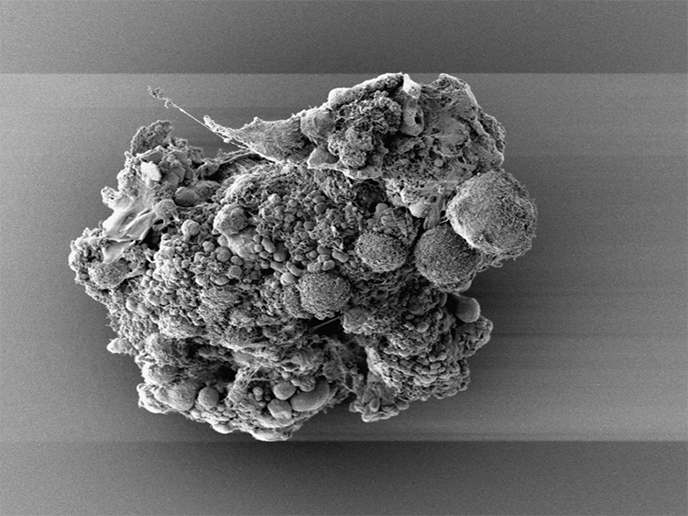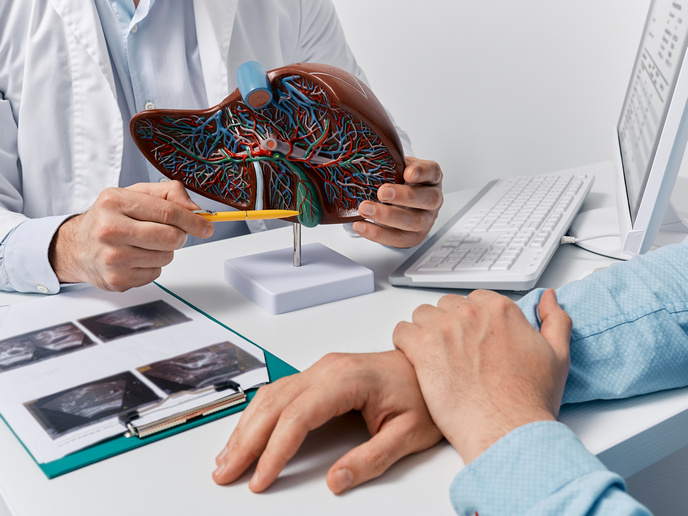Fighting obesity and the metabolic diseases it causes
Adipose tissue (AT) is a multifunctional organ that, beyond its traditional role as a lipid storage site, also plays a key role in keeping us healthy. However, excess AT can cause obesity and, later, metabolic diseases. With the aim of improving metabolic health in children and young adults, the EU-funded ESATM (Embryonic stem cell origin of the adipose tissue macrophages) project studied the mechanisms needed to maintain healthy AT. “By 2030, it is estimated that 38 % of the world’s adult population could be overweight, and a further 20 % obese,” says ESATM Project Coordinator Tamás Röszer. “Clearly, obesity is a significant health problem and a major medical challenge that society needs to address today.” Addressing a big problem The accumulation of excess fat in AT causes lipid-storing fat cells (so-called adipocytes) to stop functioning correctly, which results in the onset of obesity. Obesity, in turn, increases the prevalence of a range of chronic metabolic diseases, such as insulin resistance (IR) and type 2 diabetes mellitus (T2DM). “To put this problem into perspective, consider that 8 % of the world’s population suffers from diabetes mellitus, and more than 90 % of all newly diagnosed diabetic patients have T2DM,” says Röszer. “This means that T2DM is one of the fastest growing non-communicable diseases today and is expected to be the seventh leading global cause of death within the next decade.” Interesting ESATM researchers studied the embryonic and adult development of AT-associated immune cells, specifically so-called AT-associated macrophages (ATMs). Although initially they expected to find that ATM stability was dependent only on circulating blood cells, what they discovered was that, in fact, the opposite was true. Based on studies conducted on mice and amphibia, researchers found that most ATMs develop from embryonic progenitors. ATMs can later be replenished by the self-renewal of ATMs, controlled by hormonal signals. ”Interestingly, we demonstrated that ATM homeostasis is maintained not only by circulating blood monocytes, as was initially believed, but also by ATM self-renewal,” says Röszer. According to Röszer, under homeostatic conditions, ATMs are able to self-renew by entering the cell cycle, with newly generated ATMs remaining non-inflammatory or acting against inflammation in the AT. “Intermittent fasting increases a hormonal signal, which increases ATM self-renewal, hence rejuvenating ATMs and improving AT health,” says Röszer. “Taken together, these findings suggest that AT has a well-tuned endogenous turnover mechanism for ATMs, which start to develop at birth and, being rather vulnerable, may affect adulthood metabolism.” With this information in hand, researchers are now turning their attention to studying the signals that happen after birth and that can determine ATM quality in later life. “In this next stage of research, we hope to understand how these early life signals can determine how metabolism will function in adulthood,” concludes Röszer. “Knowing this could help us restore healthy ATMs in individuals suffering from obesity, IR and T2DM.”







